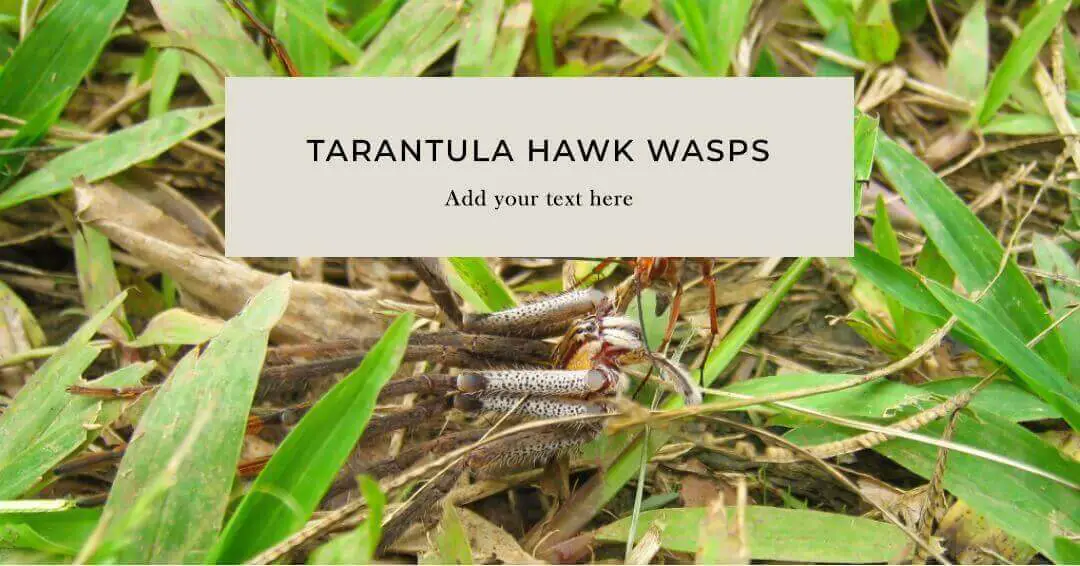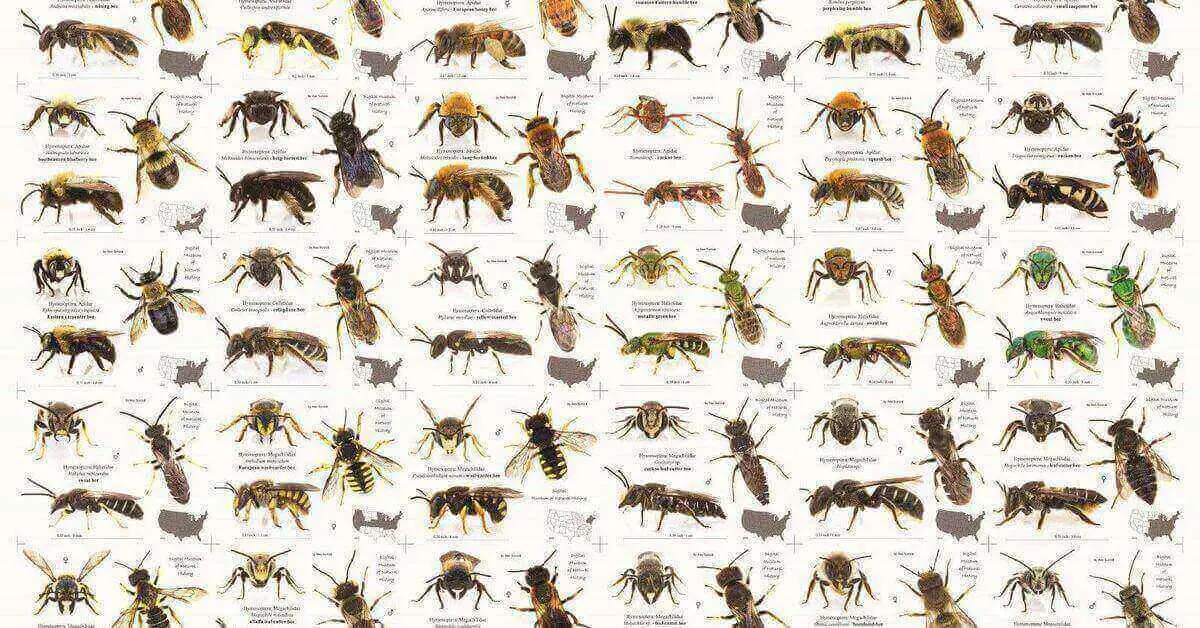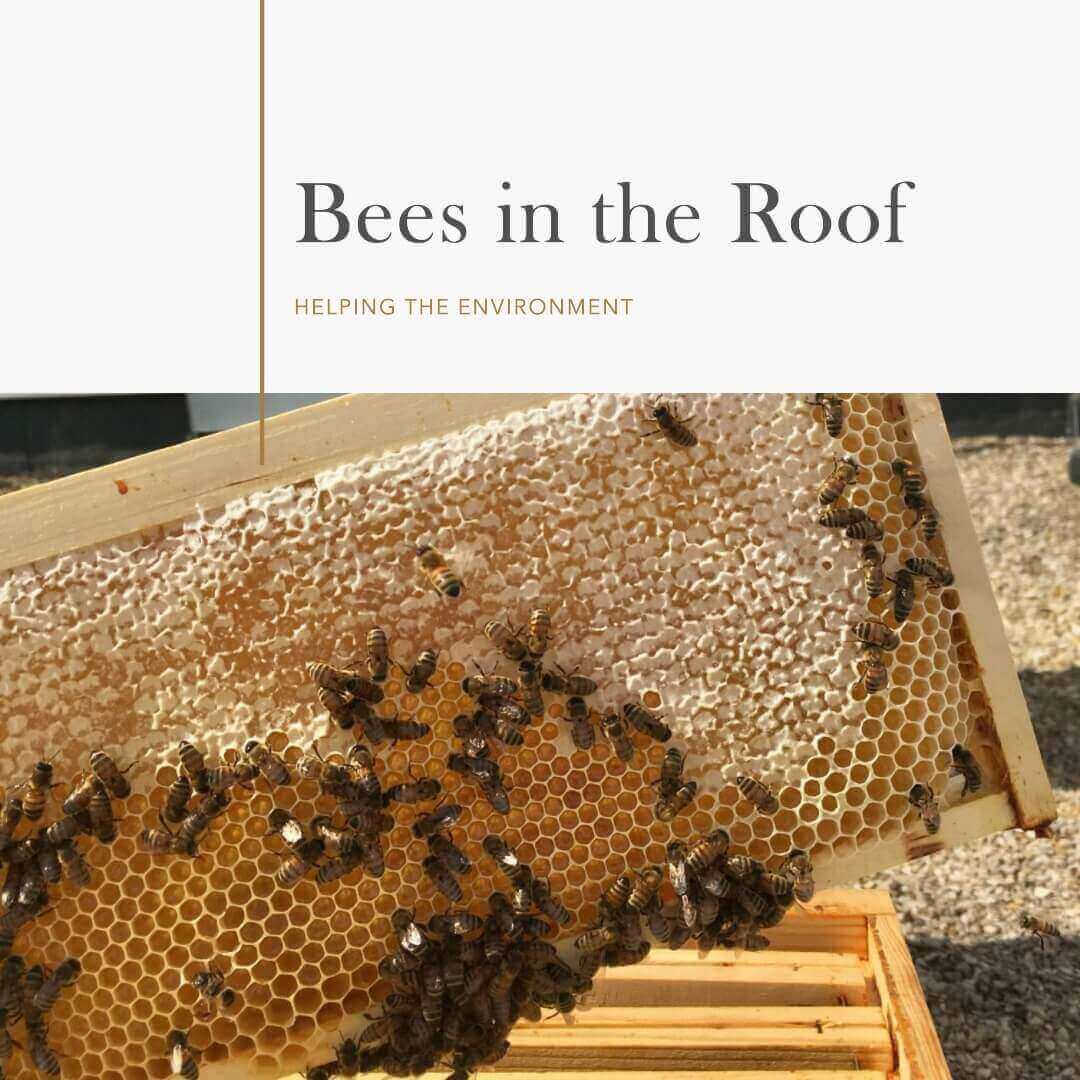What is a Tarantula Hawk? Tarantula hawks are large, solitary wasps renowned for their unique hunting behavior. These wasps derive their name from their remarkable ability to capture and paralyze tarantulas, which serve as food for their developing larvae. Despite their intimidating reputation, tarantula hawks play a vital role in maintaining ecological balance.
Classification of Tarantula Hawk Wasps:
| Kingdom | Animalia |
| Phylum | Arthropoda |
| Class | Insecta |
| Order | Hymenoptera |
| Family | Pompilidae |
| Genus | Pepsis |
| Species | Various species |
Tarantula Hawk Scientific Classification
The tarantula hawk, scientifically known as Pepsis wasp, belongs to the family Pompilidae. These fascinating creatures have intrigued entomologists and nature enthusiasts alike for centuries. Let’s delve into the world of tarantula hawks and uncover their captivating characteristics.
Tarantula Hawk Larvae: The Circle of Life
Once a tarantula hawk captures a tarantula, it injects venom into the spider, rendering it paralyzed but still alive. The wasp then lays a single egg on the tarantula’s body and buries it, ensuring a secure and well-provisioned nursery for its offspring. As the tarantula remains paralyzed, it serves as a fresh food source for the developing larva.
Tarantula Hawk Wasp Identification
Tarantula hawks exhibit distinctive physical traits that aid in their identification. They boast shiny exoskeletons, predominantly black with vibrant orange or reddish wings. These colors act as a warning signal to potential predators, indicating the wasp’s powerful sting.
Tarantula Hawk Habitat: Where Nature Thrives
Tarantula hawks are predominantly found in arid regions across the Americas, including the southwestern United States, Mexico, and South America. These remarkable creatures inhabit diverse habitats such as deserts, grasslands, and scrublands, where they can find an ample supply of tarantulas for their reproduction cycle.
Related Articles:
- How to Get Rid of Mud dauber Wasps: Removal & Control
- Paper Wasps Info about Sting Lifecycle & How to Remove
- Andrena aeneiventris Behavior and Life Cycle
Tarantula Hawk Wasp Sting: The Power Within

The tarantula hawk possesses one of the most potent stings in the insect world. When threatened, the wasp utilizes its formidable sting, which inflicts excruciating pain on its target. It’s crucial to note that tarantula hawks rarely sting humans unless provoked, and their primary focus remains the capture and immobilization of tarantulas.
Tarantula Hawk Wasp Size: Awe-Inspiring Proportions
Measuring up to 2 inches in length, tarantula hawks are among the largest wasps in the world. Their impressive size adds to their awe-inspiring presence, showcasing their dominance in their respective ecosystems.
Tarantula Hawk Nest: Unveiling Their Secrets
Tarantula hawks construct nests in sandy or loose soil. The female wasp digs burrows where she lays her eggs, providing a protected environment for the developing larvae. These nests are carefully concealed, blending seamlessly with the surrounding terrain.
Where are Tarantula Hawks Found?
Tarantula hawks can be found in a variety of locations across their native range. From the arid landscapes of the Sonoran Desert to the tropical forests of South America, these wasps have adapted to diverse climates and habitats. Their presence adds a touch of mystique and wonder to these natural environments.
Are Tarantula Hawk Wasps Aggressive?
While tarantula hawk wasps possess a formidable sting, they are not inherently aggressive towards humans. They typically avoid confrontation and focus their attention on tarantulas, which serve as their primary food source. However, caution should always be exercised when encountering any wildlife to ensure mutual respect and safety.
Tarantula Hawk Wasp in Florida
Tarantula hawks are not native to Florida. However, it’s essential to remember that the natural world is constantly evolving, and the introduction of non-native species can have unforeseen ecological consequences. If tarantula hawks were to establish a presence in Florida, it could disrupt the delicate balance of the existing ecosystem.
FAQS
Yes, tarantula hawks are considered dangerous due to their extremely painful sting.
Yes, tarantula hawk wasps can sting humans if they feel threatened or provoked.
Tarantula hawk wasps are generally not aggressive towards humans unless they feel threatened. They are more focused on hunting tarantulas to lay their eggs.
If stung by a tarantula hawk, you can expect intense, searing pain that can last for several minutes. Some individuals may experience temporary paralysis or systemic symptoms.
The pain from a tarantula hawk sting can last for several minutes, but the immediate effects typically subside within an hour or so. However, residual pain and discomfort may persist for a day or more.
Conclusion
Conclusion, tarantula hawks are awe-inspiring creatures that captivate the imagination. Their unique hunting strategies, venomous sting, and incredible size make them a true marvel of the natural world. By understanding and appreciating these fascinating wasps, we can foster a deeper appreciation for the intricate connections within our ecosystems.




